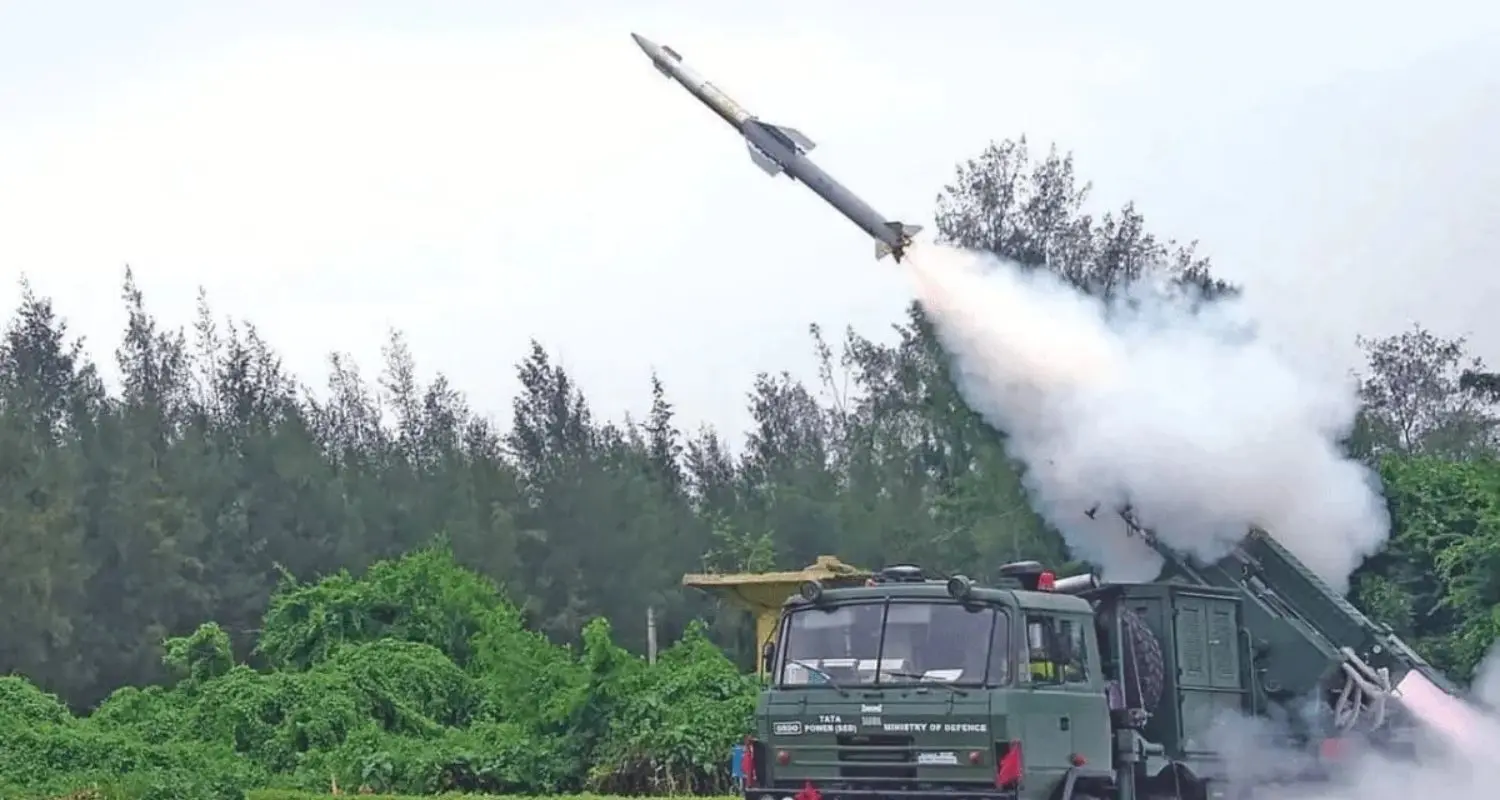The Indian Army is poised for a significant enhancement of its air defence capabilities with the impending acquisition of the Quick Reaction Surface-to-Air Missile (QRSAM) system, valued at approximately Rs 30,000 crore. The Defence Ministry is expected to greenlight the procurement of three regiments of this indigenous missile system, developed by the Defence Research and Development Organisation (DRDO), during a Defence Acquisition Council meeting scheduled for late June.
This strategic move aims to reinforce India’s defensive strength along its western and northern frontiers, a decision shaped by heightened security concerns. Designed for rapid deployment and mobile engagement, the QRSAM system boasts a strike range of up to 30 kilometres and is intended to fill the gap in short-to-medium range air defence. It will complement existing missile systems like the Akash and Medium Range Surface-to-Air Missile (MRSAM).
Recent field trials of the QRSAM under both day and night conditions have confirmed its operational readiness. Key technological features include active array battery surveillance radar, laser proximity fuzes, and the ability to engage multiple targets simultaneously. The missile system can also operate while on the move or during short halts, a crucial advantage in forward areas. Initial issues flagged in 2022, particularly those related to mobility and radar detection, have been addressed through successive DRDO upgrades.
The approval and deployment of the QRSAM underscore India’s long-term vision for defence indigenisation under the ‘Aatmanirbhar Bharat’ initiative. Decades after the Missile Technology Control Regime (MTCR) limited India’s access to advanced radar technologies in the 1980s, the country is now achieving self-sufficiency in key defence technologies. Once inducted, the QRSAM will significantly bolster India’s layered air defence shield, providing rapid and reliable protection against aerial threats in high-risk zones.













